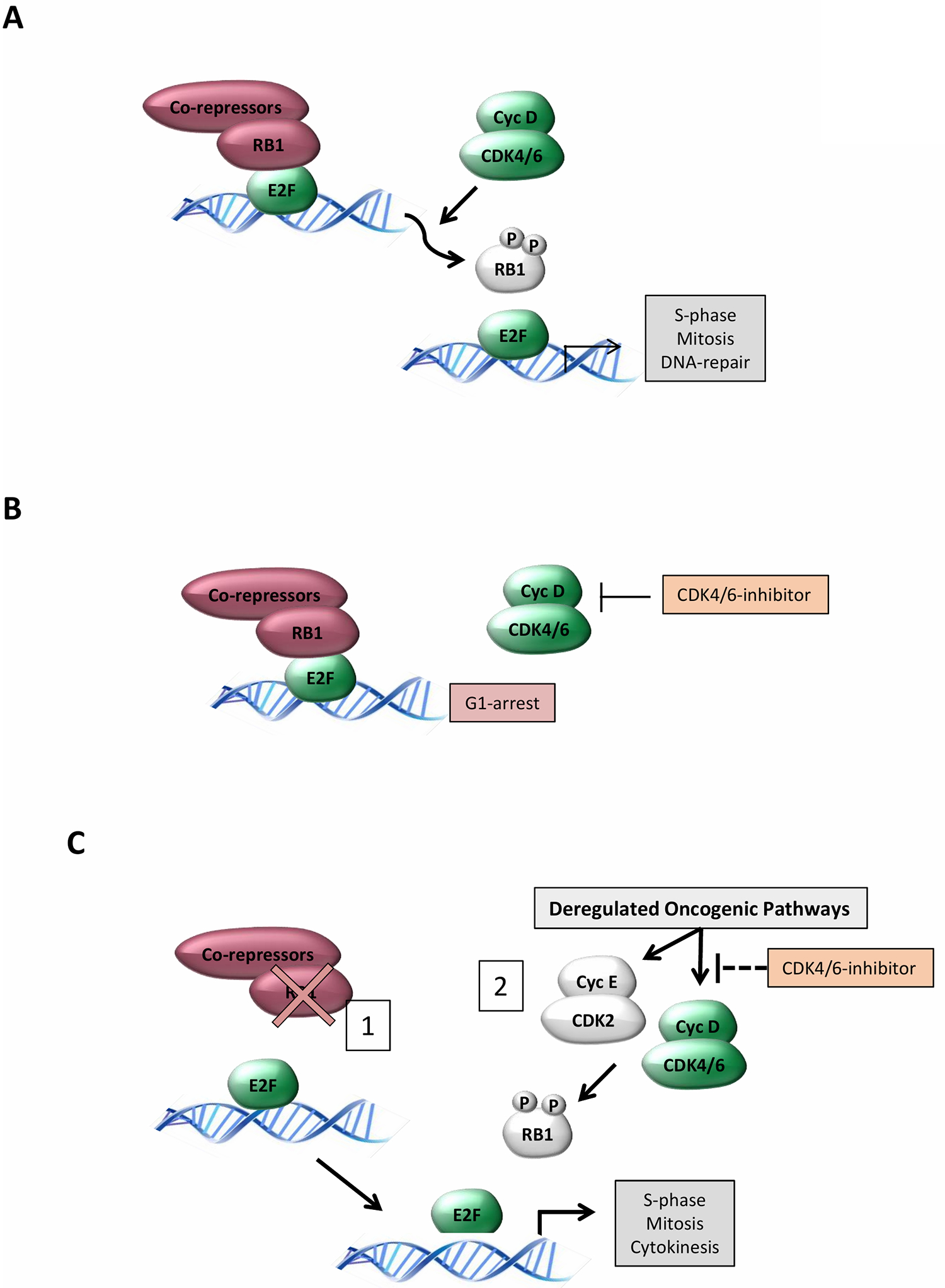Figure 1. Different cell cycle states in cancer.

(A) The Canonical G1/S regulatory circuit: CDK4/6 kinase activity is stimulated down-stream of mitogenic/oncogenic signals to initiate the phosphorylation of RB and related proteins. Phosphorylation facilitates the de-repression of E2F-family of transcription factors that drive the expression of many genes required for DNA replication, mitosis, and cell division. (B) CDK4/6 dependent cells: In cells, tumors, or tissues that are dependent on CDK4/6 activity treatment with pharmacological inhibitors yields the robust activation of RB. This event limits other CDK activities and represses the expression of essential genes for cellular division resulting in a G1/G0 like arrest. (C) CDK4/6-independent cells: There are clearly two distinct states that yieldCDK4/6 independent proliferation. (1) Loss of RB as occurs in a subset of human tumors removes the down-stream target and as such inhibition of CDK4/6 has minimal efficacy in controlling cell cycle. (2) through various mechanisms RB phosphorylation can remain during pharmacological inhibition. This cell cycle plasticity can be generated through either CDK4/6 or CDK2 complexes and is prevalent in a number of tumor types that retain the RB tumor suppressor.
